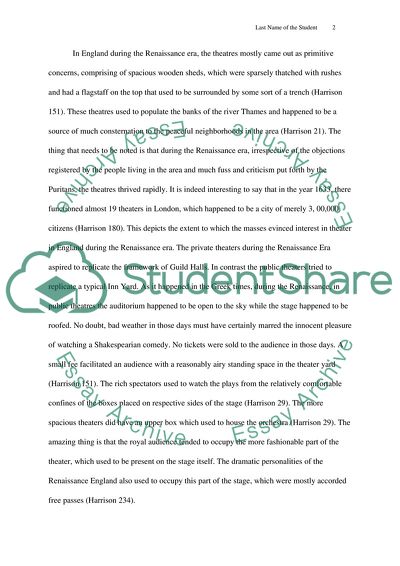Cite this document
(Renaissance Era Theatre Techniques Report Example | Topics and Well Written Essays - 1750 words, n.d.)
Renaissance Era Theatre Techniques Report Example | Topics and Well Written Essays - 1750 words. https://studentshare.org/visual-arts-film-studies/1865893-renaissance-era-theatre-techniques
Renaissance Era Theatre Techniques Report Example | Topics and Well Written Essays - 1750 words. https://studentshare.org/visual-arts-film-studies/1865893-renaissance-era-theatre-techniques
(Renaissance Era Theatre Techniques Report Example | Topics and Well Written Essays - 1750 Words)
Renaissance Era Theatre Techniques Report Example | Topics and Well Written Essays - 1750 Words. https://studentshare.org/visual-arts-film-studies/1865893-renaissance-era-theatre-techniques.
Renaissance Era Theatre Techniques Report Example | Topics and Well Written Essays - 1750 Words. https://studentshare.org/visual-arts-film-studies/1865893-renaissance-era-theatre-techniques.
“Renaissance Era Theatre Techniques Report Example | Topics and Well Written Essays - 1750 Words”. https://studentshare.org/visual-arts-film-studies/1865893-renaissance-era-theatre-techniques.


